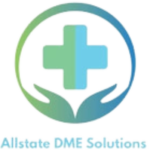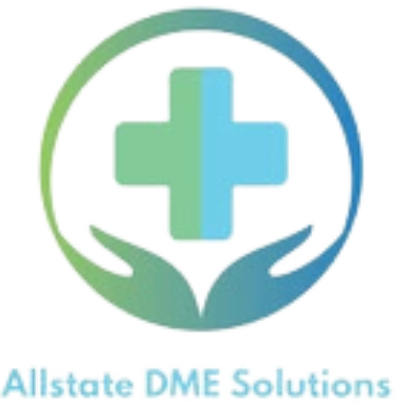
Durable Medical Equipment (DME) accreditation is crucial for providers to ensure the delivery of quality healthcare products and services. However, the accreditation process is not without its challenges. In this blog post, we will explore some of the common hurdles faced by DME providers during accreditation and discuss effective strategies to overcome them.
Complex Regulatory Landscape:
One of the primary challenges in DME accreditation is navigating the intricate web of healthcare regulations. Providers often find it challenging to stay abreast of the ever-evolving rules and standards set by regulatory bodies. To overcome this, it is essential to establish a robust compliance management system that includes regular updates, staff training, and clear communication channels.
Documentation and Record-Keeping:
Accurate and comprehensive documentation is a cornerstone of DME accreditation. Providers may struggle with maintaining organized records and documenting each step of the patient care process. Implementing electronic health record (EHR) systems and conducting regular staff training on proper documentation practices can significantly enhance compliance and streamline the accreditation process.
Staff Training and Education:
Ensuring that staff members are well-versed in the latest healthcare regulations and accreditation requirements is a persistent challenge. Regular training sessions, workshops, and access to online resources can empower staff with the knowledge needed to adhere to accreditation standards. Encourage a culture of continuous learning within your organization.
Supplier and Vendor Management:
DME providers often rely on a network of suppliers and vendors. Maintaining strong relationships with these entities is vital for the smooth functioning of your operations. Develop a comprehensive vendor management strategy that includes due diligence, regular assessments, and open communication to mitigate risks associated with external partnerships.
Technology Integration:
Many DME providers face challenges in integrating new technologies into their existing systems. This can include adopting electronic billing systems, implementing inventory management software, or enhancing telehealth capabilities. Engage with technology experts to assess your current infrastructure and identify opportunities for seamless integration that align with accreditation requirements.
Patient Privacy and Data Security:
Protecting patient information is a top priority in healthcare. DME providers must comply with stringent data security and privacy regulations. Invest in robust cybersecurity measures, conduct regular risk assessments, and educate staff on the importance of safeguarding patient data to mitigate the risks associated with data breaches.
Continuous Quality Improvement:
Maintaining a commitment to continuous quality improvement is essential for sustained accreditation. Establish a quality improvement program that involves regular audits, feedback mechanisms, and data-driven decision-making. This proactive approach ensures that your organization not only meets accreditation standards but consistently strives for excellence.
Conclusion:
DME accreditation is a multifaceted process that demands diligence, adaptability, and a commitment to excellence. By addressing common challenges head-on and implementing strategic solutions, providers can navigate the accreditation journey with confidence, ensuring the delivery of high-quality healthcare services to their patients.




